Well…it has officially happened and now nine days after the big event ( tons of local, regional, and national press) and finally with a big wrap-up party at the Warehouse Theater, it is time to say…what is next? First off…it needs to be noted that Aaron von Frank and all those who made this event a success should be proud. But now, what is next and what happens after the hype. Well, for starters…sit back and wait to here what Google is planning on doing.
The whole purpose of this event was to publicly solicit the opportunity to be one of the chosen cities for Google to invest billions of dollars into a fiber infrastructure. Now, while they are still doing their due diligence, Greenville, SC is sitting back and wanting more. This little idea that turned into a big idea has now built a community of innovators into a community of believers…”We can get the attention of a big group like Google.” Now is not quitting time….it is actually time to keep on pushing forward and taking the nicely branded idea “We Are Feeling Lucky” (nice job btw by Spike Jones) to the next level…continue building on this momentum and grow the community at large around an idea of innovation.
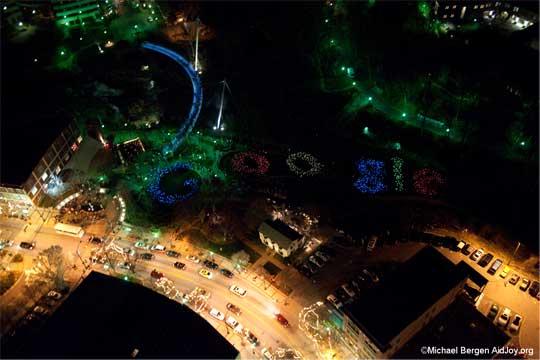
Imagine of the next several months (through the rest of the year), each of those 2200 people that formed the human wave of Google could articulate their story, their reason why they personally could benefit from this technology. Each one would be a different perspective ranging from small business owner, family member, large organization, government leader, entrepreneur, etc…all with a vested interest to make Greenville, SC a hot bed for innovation and thought leadership. Imagine if we could capture each story, and funnel them through the WeAreFeelingLucky.com website using video, text, audio, images, etc…capturing the hearts and minds of a community, building a larger case supporting a technology initiative.
I would image that many of the cities have stopped campaigning for Google’s attention, feeling that they have met their burden and thinking “now it lies in the hands of the organization to hand down a decision.” But the energy felt tonight in the Warehouse Theater auditorium showcased the desire to keep on campaigning, not just for Google technology but for a bigger cause…bringing a community together with a common goal, to build a bigger and brighter Greenville, SC. What a tremendous case that could be made if we could continue this mission, capture those stories, display them everyday on WeAreFeelingLucky.com and show the world that Greenville, SC has more in store…not just a one time event that happened on March 20, 2010.
***Photo courtesy of Michael Bergen of AidJoy.org
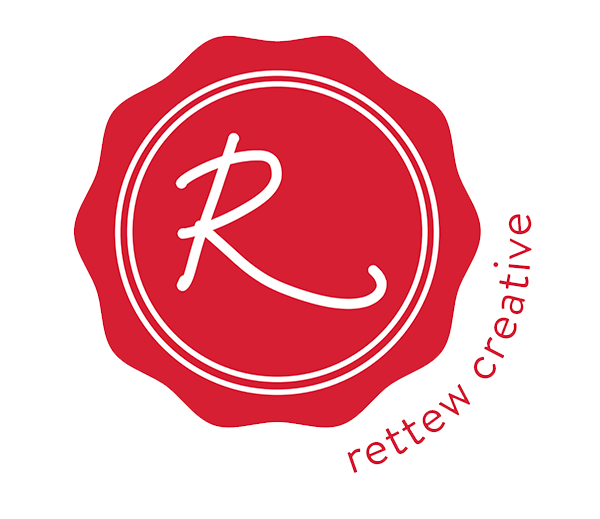
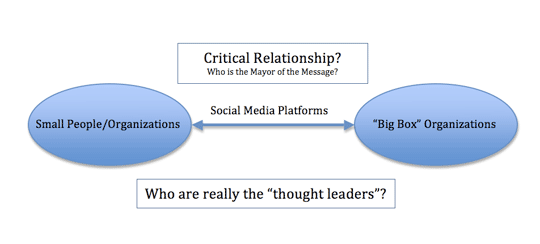


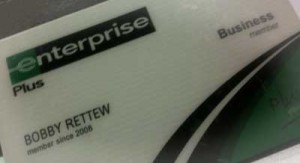
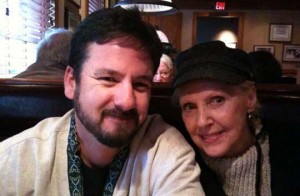 You see, it was that day the young owner of this Fatz Cafe had talked Shryl into coming back part time. That owner knew that Shryl had a tribe, a group of people that enjoyed seeing her smiling face….that special touch when it comes to true customer service. I made a new friend that day and I will never see Fatz Cafe as just the building that serves great fried chicken strips, I will see it as the place where I can come talk to a friend and the fried chicken strips are the bonus.
You see, it was that day the young owner of this Fatz Cafe had talked Shryl into coming back part time. That owner knew that Shryl had a tribe, a group of people that enjoyed seeing her smiling face….that special touch when it comes to true customer service. I made a new friend that day and I will never see Fatz Cafe as just the building that serves great fried chicken strips, I will see it as the place where I can come talk to a friend and the fried chicken strips are the bonus. Use frequency when telling these stories. Find the people that have stories that change a view-point, raise someone’s’ awareness, or reveal a new idea…and tell those stories. Tell them on a regular basis. Identify the layers of the stories and use those layers as the frequency. Each time you tell a story, peel away one more layer…one more piece of the bigger story. As one more piece is revealed and each micro story is told…the audience gains a bigger insight into the “red-string”.
Use frequency when telling these stories. Find the people that have stories that change a view-point, raise someone’s’ awareness, or reveal a new idea…and tell those stories. Tell them on a regular basis. Identify the layers of the stories and use those layers as the frequency. Each time you tell a story, peel away one more layer…one more piece of the bigger story. As one more piece is revealed and each micro story is told…the audience gains a bigger insight into the “red-string”.